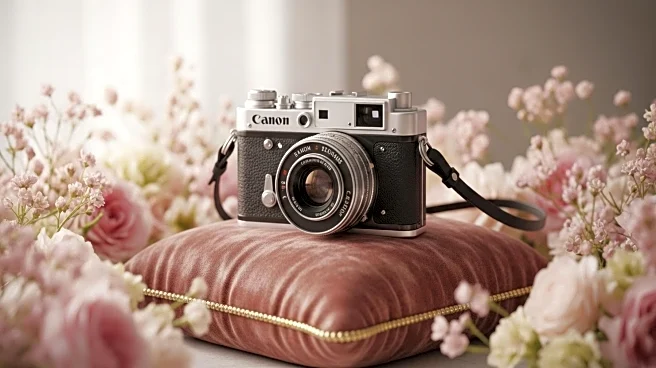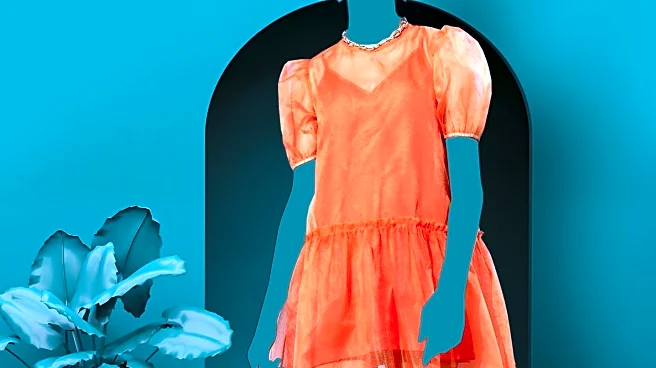What's Happening?
Argyle knitwear is experiencing a resurgence in the fashion world as fall 2025 collections embrace this classic pattern. Originating in western Scotland, argyle was traditionally used in kilts and highland regalia before becoming popular in English leisurewear and U.S. sportswear, particularly golf. Modern designers are reimagining argyle, blending heritage with contemporary styles. Brands like Khaite, Miu Miu, and Proenza Schouler are showcasing argyle in diverse forms, from traditional palettes to bold, maximalist designs. This revival highlights argyle's adaptability and its role in the modern prep aesthetic.
Why It's Important?
The return of argyle knitwear signifies a broader trend in fashion where classic patterns are being reinvented to suit contemporary tastes. This reflects a shift towards embracing heritage while pushing creative boundaries, appealing to consumers seeking both nostalgia and innovation. The versatility of argyle allows designers to experiment with color, scale, and texture, making it a staple in fall wardrobes. This trend could influence retail strategies, encouraging brands to explore traditional motifs in new ways to attract fashion-forward consumers.
What's Next?
As argyle continues to gain popularity, more designers may incorporate this pattern into their collections, leading to increased visibility in fashion media and retail spaces. Collaborations between high-end and fast-fashion brands could emerge, offering consumers a range of argyle options at different price points. The pattern's association with preppy style may also inspire new interpretations in other fashion categories, such as accessories and footwear, expanding its influence beyond knitwear.
Beyond the Headlines
The revival of argyle knitwear raises questions about cultural appropriation and the commercialization of traditional patterns. As designers reinterpret heritage motifs, there is a need to balance innovation with respect for cultural origins. Additionally, the environmental impact of producing new fashion collections remains a concern, prompting discussions on sustainable practices in the industry.










